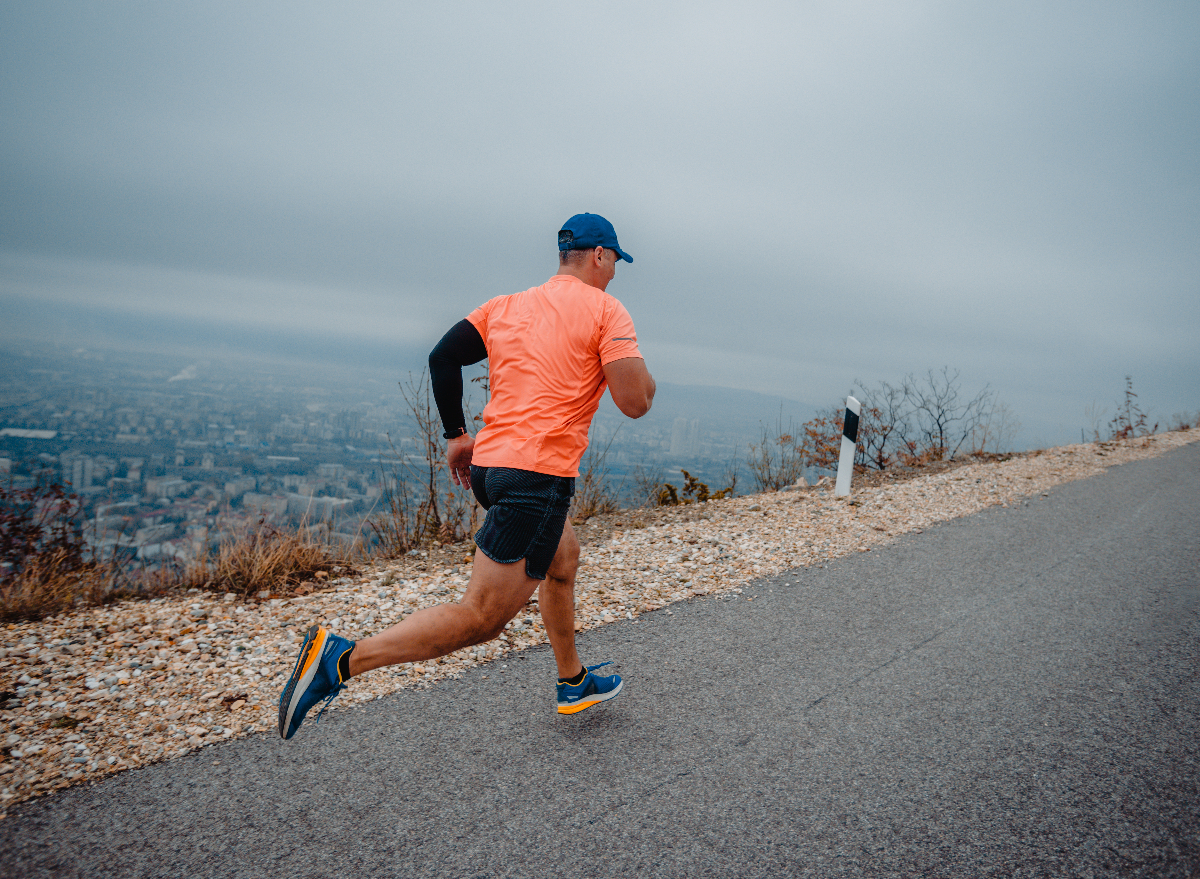Dealing With Usual Running Discomforts: Reasons, Solutions, and Prevention
As joggers, we commonly experience various pains that can impede our efficiency and satisfaction of this physical task. By discovering the origin reasons for these running discomforts, we can uncover targeted services and preventive procedures to guarantee a smoother and much more satisfying running experience.
Common Running Pain: Shin Splints
Shin splints, a typical running pain, usually result from overuse or incorrect shoes during physical activity. The repetitive anxiety on the shinbone and the tissues connecting the muscular tissues to the bone leads to swelling and discomfort.
To stop shin splints, individuals ought to progressively enhance the strength of their exercises, wear ideal shoes with appropriate arch support, and keep flexibility and strength in the muscles bordering the shin. If shin splints do happen, first therapy includes remainder, ice, compression, and altitude (RICE) Additionally, integrating low-impact activities like swimming or biking can assist keep cardiovascular physical fitness while allowing the shins to heal. Consistent or serious instances might require clinical evaluation and physical treatment for efficient monitoring.
Typical Running Discomfort: IT Band Syndrome
In enhancement to shin splints, an additional widespread running pain that professional athletes frequently come across is IT Band Syndrome, a condition brought on by inflammation of the iliotibial band that runs along the external upper leg and knee. IT Band Syndrome generally materializes as discomfort outside of the knee, especially during tasks like running or cycling. The iliotibial band is a thick band of fascia that attaches the hip to the shin, and when it ends up being inflamed or limited, it can rub versus the thigh bone, resulting in pain and discomfort.
Joggers experiencing IT Band Syndrome might observe a stinging or hurting feeling on the external knee, which can intensify with continued task. Variables such as overuse, muscle imbalances, improper running type, or inadequate warm-up can add to the growth of this problem. To stop and relieve IT Band Syndrome, runners should concentrate on stretching and strengthening workouts for the hips and upper legs, appropriate footwear, gradual training progression, and attending to any type of biomechanical problems that might be aggravating the issue. Ignoring the symptoms of IT Band Syndrome can bring about chronic issues and extended recuperation times, emphasizing the importance of early treatment and proper administration approaches.
Typical Running Discomfort: Plantar Fasciitis

Plantar Fasciitis can be credited to various factors such as overtraining, inappropriate shoes, running on difficult surface areas, or having high arcs or flat feet. To stop and relieve Plantar Fasciitis, runners can integrate stretching exercises for the calves and plantar fascia, put on supportive shoes, preserve a healthy weight to decrease stress on the feet, and gradually increase running intensity to stay clear of sudden anxiety on the plantar fascia. If signs and symptoms continue, it is recommended to speak with a medical care specialist for appropriate medical diagnosis and treatment choices to deal with the problem successfully.
Typical Running Discomfort: Jogger's Knee
After resolving the challenges of Plantar Fasciitis, another prevalent concern that joggers commonly face is Jogger's Knee, a typical running discomfort that can prevent athletic performance and trigger pain throughout physical activity. Runner's Knee, likewise called patellofemoral pain disorder, materializes as pain around or behind the kneecap. This problem is frequently connected to overuse, muscle mass imbalances, inappropriate running techniques, or troubles with the alignment of the kneecap. Joggers experiencing this discomfort might really feel a boring, aching pain while running, rising or down stairs, or after long term durations of resting. To avoid Runner's Knee, it is important to integrate appropriate workout and cool-down routines, preserve strong and well balanced leg muscles, put on suitable footwear, and progressively increase running intensity. If signs linger, looking for recommendations from a health care professional or a sporting activities medicine specialist is advised to diagnose the underlying reason and establish a customized treatment strategy to reduce the pain and stop more difficulties.
Common Running Pain: Achilles Tendonitis
Frequently afflicting runners, Achilles Tendonitis is an excruciating problem that impacts the Achilles tendon, creating discomfort and possible limitations use this link in physical activity. The Achilles ligament is a thick band of cells that attaches the calf muscle mass to the heel bone, critical for tasks like running, jumping, and strolling - browse this site. Achilles Tendonitis usually establishes due to overuse, incorrect footwear, insufficient extending, or unexpected boosts in exercise
Signs of Achilles Tendonitis consist of discomfort and rigidity along the tendon, specifically in the early morning or after durations of inactivity, swelling that gets worse with task, and potentially bone spurs in chronic instances. To stop Achilles Tendonitis, it is essential to stretch correctly before and after running, put on suitable shoes with appropriate assistance, gradually enhance the intensity of workout, and cross-train to lower repeated stress and anxiety on the ligament.
Conclusion
